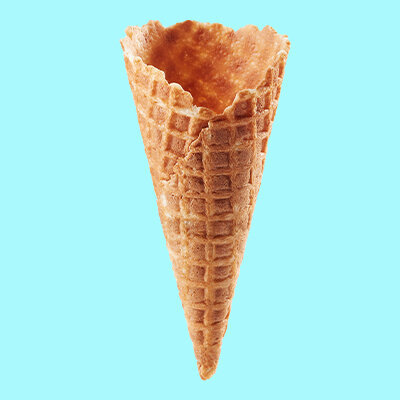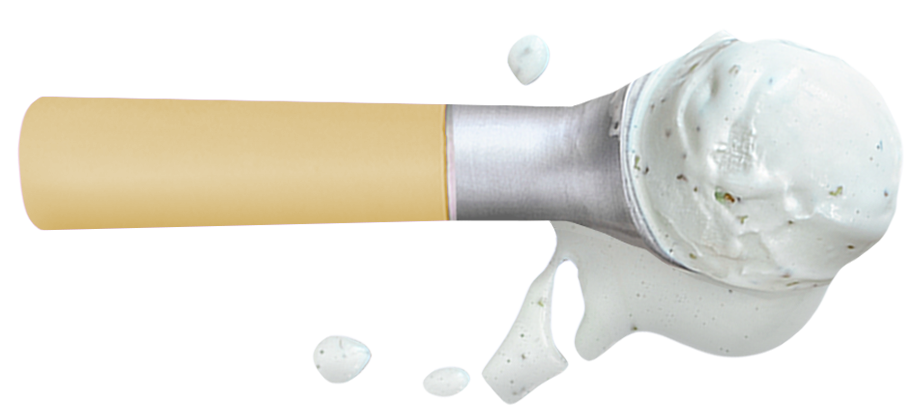
UNDERSTANDING HYPOACTIVE SEXUAL DESIRE DISORDER (HSDD)
I WISH I STILL SCREAMED FOR SEX… I MEAN “ICE CREAM”
SEXUAL DYSFUNCTION IN
PREMENOPAUSAL WOMEN
CAN HAPPEN MORE THAN
YOU MIGHT THINK
You're not walking the "Rocky Road" alone...
Hypoactive Sexual Desire Disorder, or HSDD, is the most common form of sexual dysfunction. Yeah, Distressing Low Sexual Desire has a name. And it can be treated.

HSDD SYMPTOMS INCLUDE:
You experience low sexual desire no matter the type of sexual activity
Your lower sexual desire or lower interest in sex is bothering you
Your level of sexual desire or interest in sex has decreased
You were satisfied in the past with your level of sexual desire or interest in sex, but no longer are

THE BURDEN OF HSDD
I’M NEVER IN THE MOOD FOR
“ICE CREAM” ANYMORE
92% of women feel they are letting their partner down*
67% of women feel less connected to their partner**
*The Women’s International Study of Health and Sexuality surveyed 2,671 women aged 20 - 70 in the US using validated questionnaires to collect information about health including sexual functioning, and partner relationships. Results are based on a subset of 129 women with HSDD.
**A survey of 450 women in the US aged 20 to 60 years with self-described low sexual desire and related distress assessed attitudes toward their condition and effect on relationships. Results are based on a subset of 306 premenopausal women.

THE SCIENCE BEHIND HSDD
MY MIND IS TELLING ME NO, BUT MY BODY? MY BODY IS TELLING ME NO ALSO… I WANT TO SCREAM FOR “ICE CREAM” AGAIN!
A chemical imbalance in the brain can affect sexual desire. In studies, when women were exposed to sexual cues, brains of women with HSDD didn’t activate for the sexual experience.
A medical provider can diagnose HSDD with a few simple questions about your loss of interest in sex.






